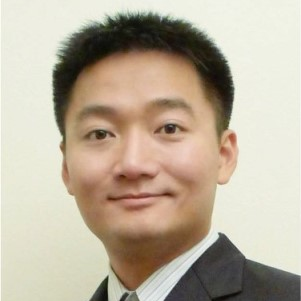Microfluidic Cell Assay Chips
A special issue of Micromachines (ISSN 2072-666X). This special issue belongs to the section "B:Biology and Biomedicine".
Deadline for manuscript submissions: closed (10 December 2018) | Viewed by 41097
Special Issue Editors
2. Department of Computational and Systems Biology, University of Pittsburgh, Pittsburgh, PA 15260, USA
3. CMU-Pitt Ph.D. Program in Computational Biology, Pittsburgh, PA 15213, USA
4. Department of Bioengineering, Swanson School of Engineering, University of Pittsburgh, Pittsburgh, PA 15260, USA
Interests: single-cell analysis; cancer precision medicine; microfluidics; machine learning; gene sequencing
Special Issues, Collections and Topics in MDPI journals
2. Department of Biomedical Engineering, University of Michigan, Ann Arbor, MI, USA
Interests: microfluidic; neurotechnology; MEMS; integrated circuits
Special Issue Information
Dear Colleagues,
Microfluidic technology has emerged as a state-of-the-art approach for cell biology because of precise micro-environment manipulation, minimal reagent usage, and high potential in scaling and automation. Recently, microfluidic cell assay chips have demonstrated the capabilities of drug screening, 3D cell culture, cell migration and invasion, cell-cell interaction, single cell analysis, transcriptomic and proteomic profiling, and clinical diagnostics. Though core functions were developed as prototypes, there is a recognized need to provide low-cost and reliable manufacturing methods for dissemination of the technology. Further development in automation and system integration will be required to realize full potential of high-throughput assays and readouts. In addition, the smart interface between microfluidics and conventional bulk machines is critical for handling small sample volumes and saving reagents. In light of these prevailing challenges, this Special Issue seeks to collect research papers, short communications, and review articles that focus on, but are not limited to, novel microfluidic cell assays, low-cost and reliable micro-manufacturing methods, 3D printed microfluidics, high-throughput experimentation, automation, and smart interface for microfluidic cell analysis.
Dr. Yu-Chih Chen
Prof. Euisik Yoon
Guest Editors
Manuscript Submission Information
Manuscripts should be submitted online at www.mdpi.com by registering and logging in to this website. Once you are registered, click here to go to the submission form. Manuscripts can be submitted until the deadline. All submissions that pass pre-check are peer-reviewed. Accepted papers will be published continuously in the journal (as soon as accepted) and will be listed together on the special issue website. Research articles, review articles as well as short communications are invited. For planned papers, a title and short abstract (about 100 words) can be sent to the Editorial Office for announcement on this website.
Submitted manuscripts should not have been published previously, nor be under consideration for publication elsewhere (except conference proceedings papers). All manuscripts are thoroughly refereed through a single-blind peer-review process. A guide for authors and other relevant information for submission of manuscripts is available on the Instructions for Authors page. Micromachines is an international peer-reviewed open access monthly journal published by MDPI.
Please visit the Instructions for Authors page before submitting a manuscript. The Article Processing Charge (APC) for publication in this open access journal is 2600 CHF (Swiss Francs). Submitted papers should be well formatted and use good English. Authors may use MDPI's English editing service prior to publication or during author revisions.
Keywords
- Microfluidic cell assays
- Lab on a chip
- Micro-total analysis systems
- High-throughput screening
- Micro-manufacturing
- Micro-machining
- 3D printing
- Microfluidic interface
- Microfluidic system integration
- Clinical diagnostics







